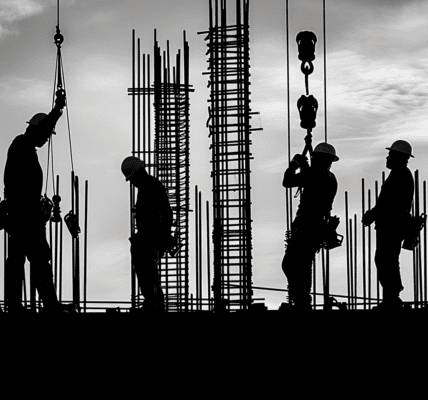The Dutch Ministry of Defence has confirmed a significant enhancement to the combat capabilities of the Dutch Army with the announcement of a new acquisition of 46 Leopard 2A8 battle tanks. This strategic move is part of a collaborative initiative with the German government, aimed at bolstering NATO’s military readiness and responding to the increasing demands for heavier combat capabilities across member nations.
In a statement to the Dutch Parliament, State Secretary Gijs Tuinman outlined the details of the purchase, noting that the first batch of tanks is scheduled for delivery by 2027, with the entire order expected to be fulfilled by 2030. Once operational, this acquisition will enable the Dutch Armed Forces to establish a complete tank battalion, enhancing their operational effectiveness on the battlefield.
The budget allocated for this ambitious project is estimated to range between EUR 1 billion and EUR 2.5 billion, as specified in the Defence White Paper 2024. This document had previously indicated the necessity for the reintroduction of tanks into the Dutch military arsenal, reflecting a broader trend among NATO allies to modernize their forces in light of evolving security challenges.
The Leopard 2A8 was chosen for its advanced operational capabilities, which include superior firepower and enhanced protection against enemy fire. Its compatibility with international military cooperation, particularly with Germany, further solidifies its selection as the main battle tank for the Netherlands.
Given the spatial limitations at Dutch military barracks, it is anticipated that the new battalion may be stationed at the NATO Training Area in Bergen-Hohne, Germany. This location provides adequate facilities for realistic training exercises, ensuring that the troops are well-prepared for potential deployment.
Interestingly, the decision to procure 46 tanks rather than the traditional 52 is a strategic choice made by the Defence Ministry. This adjustment aligns with plans to integrate unmanned systems across land, air, and sea operations, reflecting a modern approach to military strategy. Additionally, a provision for acquiring an extra six tanks has been included, contingent upon advancements in unmanned system technologies by 2027.
The acquisition package will also encompass essential components such as spare parts, maintenance contracts, and comprehensive training programs. These elements are crucial for achieving full operational readiness by the projected deadline of 2030.
It is noteworthy that the Netherlands had phased out its tank fleet back in 2011 due to budgetary constraints. However, the nation has retained valuable expertise through its ongoing collaboration with Germany’s 414 Tank Battalion, ensuring that the Dutch military remains proficient in armored warfare.
This acquisition marks a significant milestone in the Netherlands’ military modernization efforts, reinforcing its commitment to NATO and enhancing its defensive posture in an increasingly complex global security environment. As the geopolitical landscape continues to evolve, the integration of advanced military technologies and capabilities will be vital for maintaining national and regional security.
As the Netherlands moves forward with this procurement, the implications for both national defense and international military cooperation will be closely monitored by defense analysts and policymakers alike. The strategic partnership with Germany, coupled with the introduction of cutting-edge armored vehicles, positions the Dutch Army to effectively respond to contemporary threats and challenges.
In summary, the decision to acquire Leopard 2A8 tanks signifies a proactive approach by the Dutch Ministry of Defence to enhance its military capabilities. With the expected delivery timeline set and plans for comprehensive training and maintenance in place, the Netherlands is poised to re-establish a formidable armored presence within NATO, ready to meet the demands of modern warfare.





